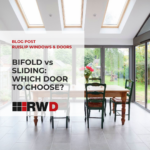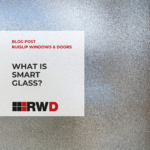Bifold doors vs sliding doors: which one to choose?
When choosing whether to have a sliding patio door or a bifold door, there are a number of factors that you may wish to consider. Here at Ruislip Windows we believe in offering our customers a choice. That’s why we install bifolding doors and sliding patio doors from top manufacturers such as Smarts, Origin and Raynaers Aluminium. […]






